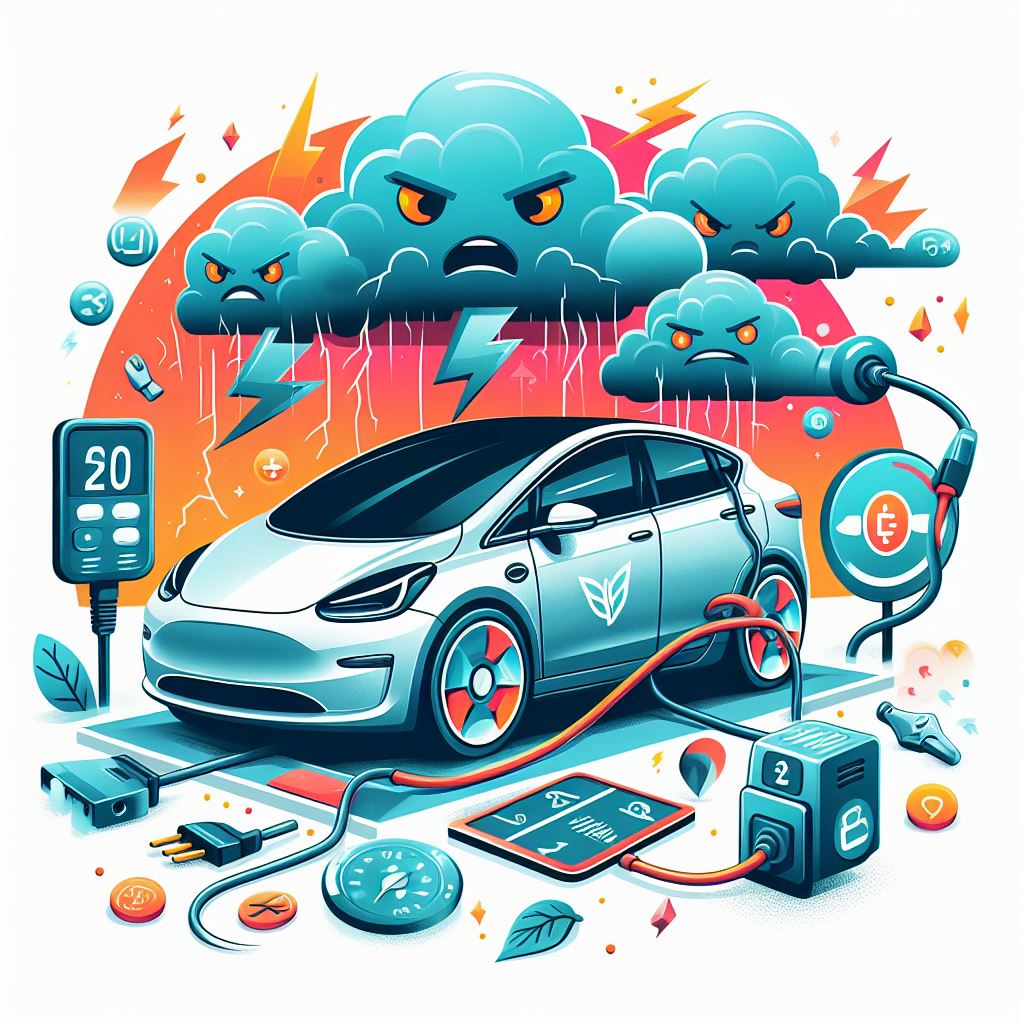It’s been a wonderful Tasmania road trip, but it’s also nice to be home and reflecting on our favourite parts. Cradle Mountain and Port Arthur were standouts for all the family.
So what did we do?
We drove our Kia EV6 GT Line AWD from Sydney to Geelong, crossed Bass Strait on the Spirit of Tasmania, drove an anti-clockwise Tasmania Road Trip and returned via the same route. We chose to do this during school holidays.
We covered exactly 4500 km on the trip. I’ve listed some statistics below. We waited for a charger exactly once out of 26 charger stops. Free electricity was available in 5 locations, so we grabbed nearly 100kWh for free out of a total usage of just over 800kWh

Tasmania Road Trip Statistics
- Distance Travelled: 4500km (plus 910.6km on the Ferry)
- Energy Used: 826.46 kWh
- Free Electricty: 95:48 kWh
- Free Electricity Locations: 5
- Electricity Cost: $425.12
- Chargers Visited: 26 (including free chargers)
- Average Cost per Kilometer: 9c (a bit over half the cost of my Kia Sortage Diesel)
- Total time charging: 1357.5 minutes
- Time wasted waiting for the car to charge: 91 minutes (less than 7% of total charge time)
- Primary activities while car charging included sleeping/resting in accomodation (636 mins) and bushwalking/visiting attractions (337mins) which accounts for over 70% of the charging time
Waiting around for Chargers? Not so much…
Despite travelling on the first day of, and during, school holidays, we only had one occasion, at Derwent Bridge when we had to wait to get on a charger. We plugged in to the slow charger at Derwent Bridge and waited 11 minutes (and charging up 3%) until the fast charger became available. As soon as we got on the fast charger we went across the road to the pub for lunch.
We had one charger fault along the way out of 26 charge stops. Our very first charger was faulty and we had to call Evie tech support. We lost about 15 minutes, but tech support was able to remote start the charging session for us. The charger was fixed before we returned just over a week later. There were three occasions when the charger didn’t work first go, and we had to unplug/replug to start the session. This might have cost us 2 to 3 minutes total.
The car spent 1,357.5 minutes charging on our Tasmania road trip. During this time we did various activities. The times below were written down during the journey. There were only 2 stops that we consider total wastes of our time: Dunalley and Airport West. Due to lack of amenities, there was literally nothing to do at these stops and we just had to sit and wait. To be fair, Airport West was very early morning, and the shopping centre was closed.
Update: Dunalley – I’ve been contacted by a local who wants to point out that Dunalley does have some amenities close by the charging station. We perhaps walked in the wrong direction, or maybe it was our timing meant that things weren’t quite opened yet. I apologise if I was bit harsh in my wording. Please take a bit more time than we did to see what might be available near the charger.
- Sleeping or resting in our accomodation: 636 mins
- Bushwalking/sightseeing: 337 minutes
- Buying/Eating food and toilet breaks : 227 minutes
- Shopping for groceries/supplies: 44 minutes
- Wasted time, waiting for car: 91 minutes
- Unaccounted for: 22.5 minutes
Compared to Fossil Fuel Trips
Compared to diesel, the overall “fuel cost” was approximately 60% for the whole Tasmania road trip. Based on my diesel Kia Sportage with diesel @$2 per litre and economy of 7.6L per 100km (15.2c per kilometer).
We only spent 91 minutes waiting for charging. Given some of the petrol queues we saw on the first day of school holidays, we estimate some of those petrol stops might have been delayed 10 to 15 minutes. Overall we didn’t feel much worse off than those in petrol cars in terms of time. Each leg did take a little longer than it might have had we been driving an ICEV, and we did make more frequent stops (twice our normal rate).
We arrived well rested, and as a comparison, the Sydney-Torquay legs took about 45 minutes longer than we remember ICEV trips taking. Not too bad on a trip that takes between 10 and 11 hours in an ICEV anyway. We did it in just over 11 hours. The kids actually liked stopping and we had less complaints. Nobody had to ask for a toilet stop as they knew one was coming up soon anyway.
Range Anxiety?
Were our range anxiety fears realised? Not really. We were very conservative on range and could have stretched out our legs a bit further without too much concern. We rarely arrived anywhere with less than 40% SoC.
We chose more frequent stops, over longer legs. Partly to alleviate our range anxiety and partly to keep our stops a bit shorter so we could fill them up with activities. The efficiency suffered due to having 4 people and a lot of luggage onboard.
The whole Tasmania road trip has been a big confidence booster, and range anxiety is really no different to the “anxiety” we experienced when watching the fuel gauge slowly drop in our ICEVs.

Top Tip
Don’t leave home without your Type 2 Charging Cable



You missed the best part the East Coast of Tasmania, hopefully you will come back. Your more than welcome,
There’s more trips to be had in Tasmania, we could spend weeks there and still not see everything.
Thanks for your kind words
Paul